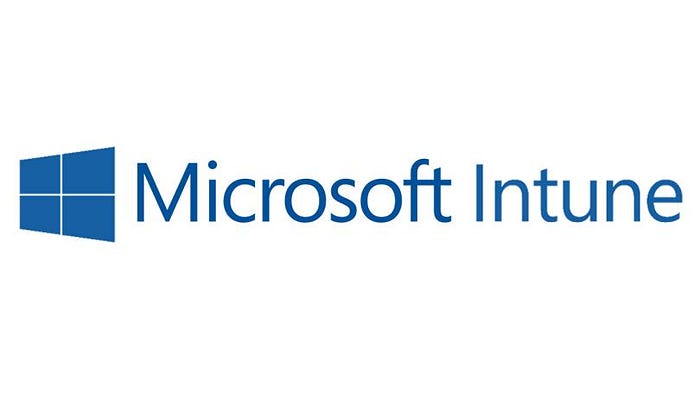Blog 2: Mastering Windows Device Management with Microsoft Intune: Autopilot, OOBE, and More

In today’s rapidly evolving digital landscape, managing Windows devices efficiently is crucial for any organization. Microsoft Intune provides a comprehensive solution to deploy, configure, and manage Windows devices, whether they are company-owned or part of a BYOD policy. This blog will guide you through the intricacies of managing Windows devices with Intune, focusing on Windows Autopilot, Out-of-Box Experience (OOBE), and essential configuration profiles.
Why Windows Device Management Matters
With the increasing complexity of IT environments, managing Windows devices has become a critical task for IT administrators. Microsoft Intune simplifies this process by providing centralized management tools that allow you to deploy applications, enforce security policies, and ensure compliance across your organization’s Windows devices.
Step 1: Configuring Windows Autopilot for OOBE
1.1 Understanding Windows Autopilot
- Windows Autopilot is a set of technologies used to pre-configure new devices, transforming them from factory settings to fully configured work devices. This streamlines the deployment process and reduces the time required for IT staff to set up new hardware.
1.2 Setting Up Windows Autopilot
- In the Microsoft Endpoint Manager Admin Center, navigate to Devices > Windows > Windows enrollment > Devices.
- Import your device’s hardware ID into Autopilot, allowing you to define deployment profiles that control the OOBE.
1.3 Customizing the OOBE Experience
- Tailor the OOBE to meet your organization’s needs by setting up profiles that define how users interact with their devices during the initial setup. This includes configuring settings such as company branding, privacy settings, and connectivity options.
Step 2: Creating and Deploying Windows Configuration Profiles
2.1 Crafting Configuration Profiles
- Navigate to Devices > Configuration profiles > Create profile.
- Choose the platform (Windows 10 and later) and the profile type, such as Device Restrictions or Custom Configuration. These profiles allow you to manage a wide range of device settings, from Wi-Fi and VPN configurations to security policies.
2.2 Assigning Profiles to Groups
- Assign these configuration profiles to standardized groups, ensuring that policies are applied consistently across all relevant devices. This step is crucial for maintaining a uniform configuration across your organization’s Windows devices.
Conclusion
By leveraging Microsoft Intune’s Windows Autopilot and configuration profiles, you can automate and streamline the deployment and management of Windows devices in your organization. These tools not only reduce the workload on your IT team but also ensure that devices are set up consistently and securely.
#MicrosoftIntune, #WindowsDeviceManagement, #Autopilot, and #OOBE are essential. Explore key aspects like #DeviceManagement for #Windows10 and #Windows11
Empowering startups, fintech, and SMEs to enhance and optimize their IT capabilities. We can help you build and scale your business!
Website: https://www.computercomputercomputer.com/
Linkedin: https://www.linkedin.com/company/computercomputercomputer/
Whatsapp: https://api.whatsapp.com/message/DGJUIV56N2WSN1?autoload=1&app_absent=0